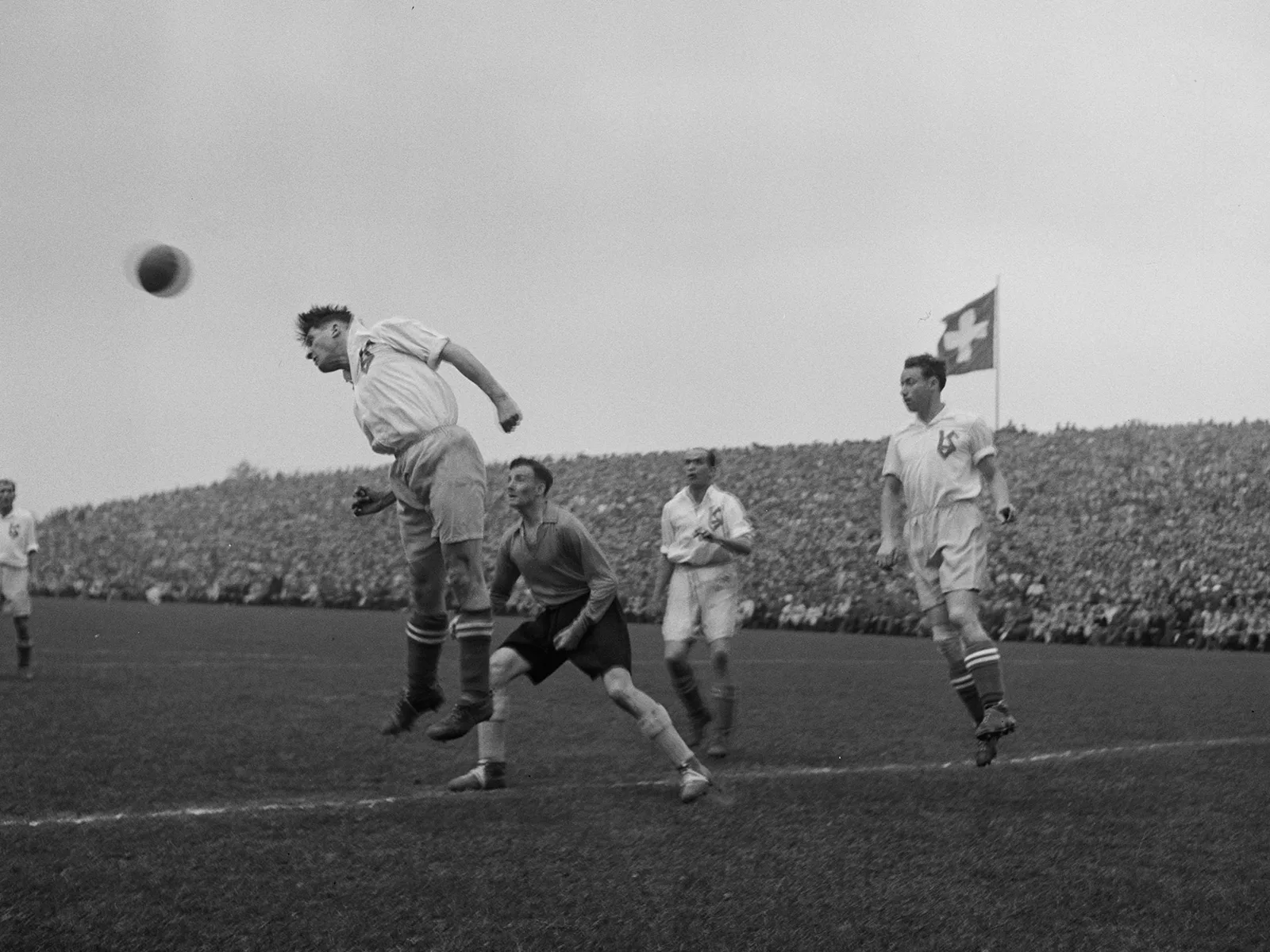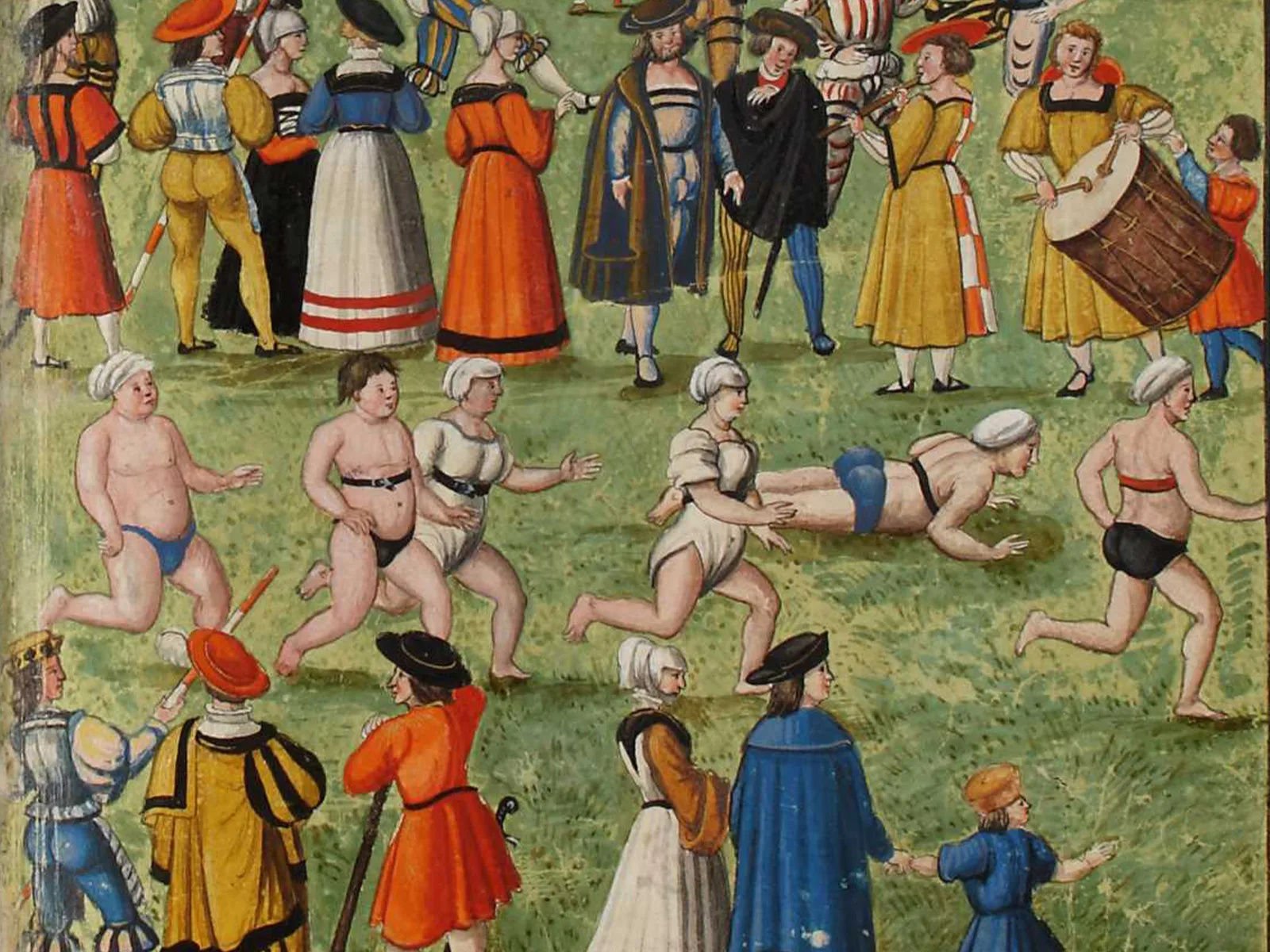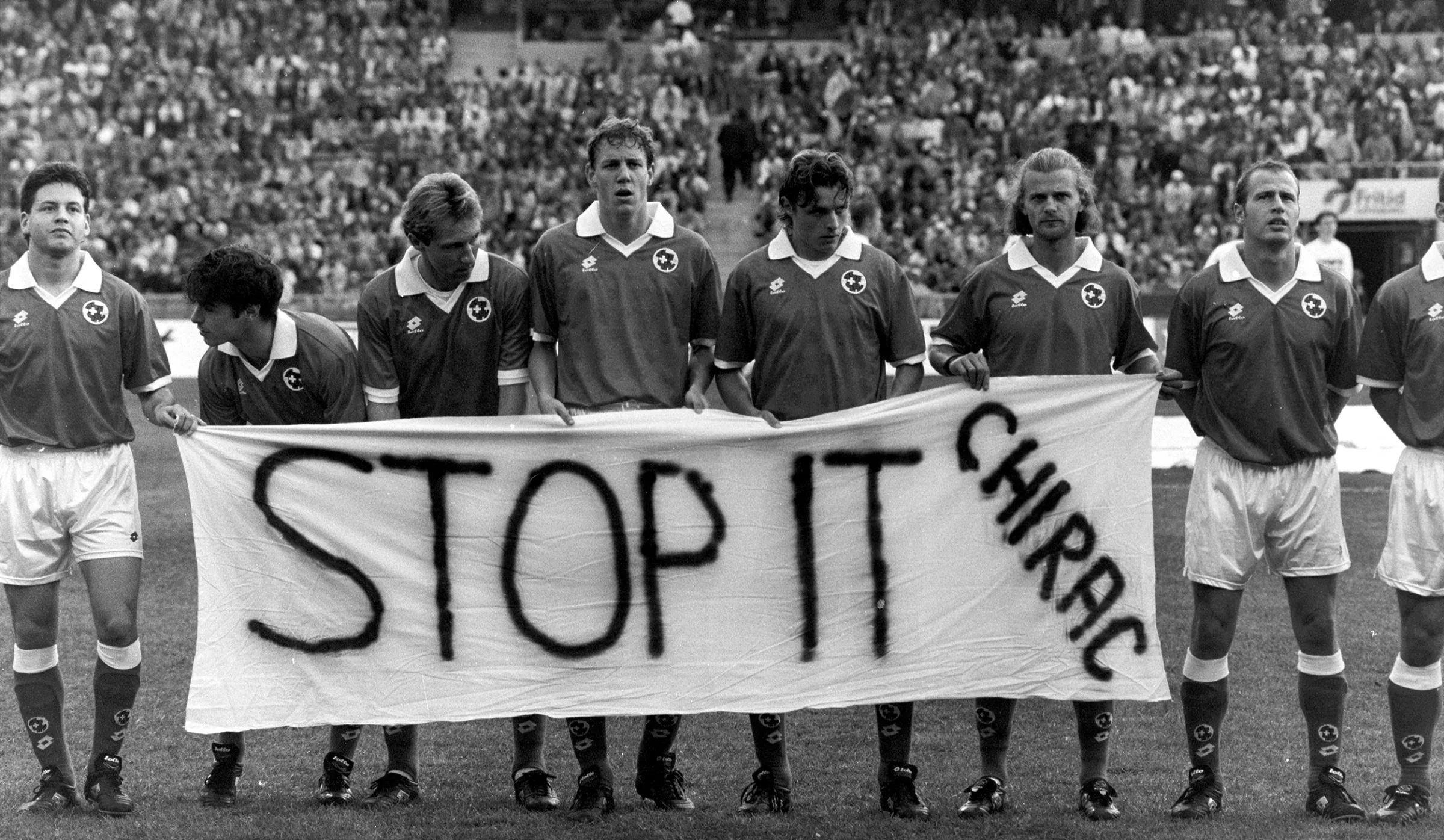
Types of men in football
The image of masculinity has changed constantly over the past few decades. Nowhere is this more apparent than on the football pitch. A look back at the stadiums of the past.
The adventurer: 1930s to 1950s

The son-in-law: 1960s

The almost-rebel: 1970s




